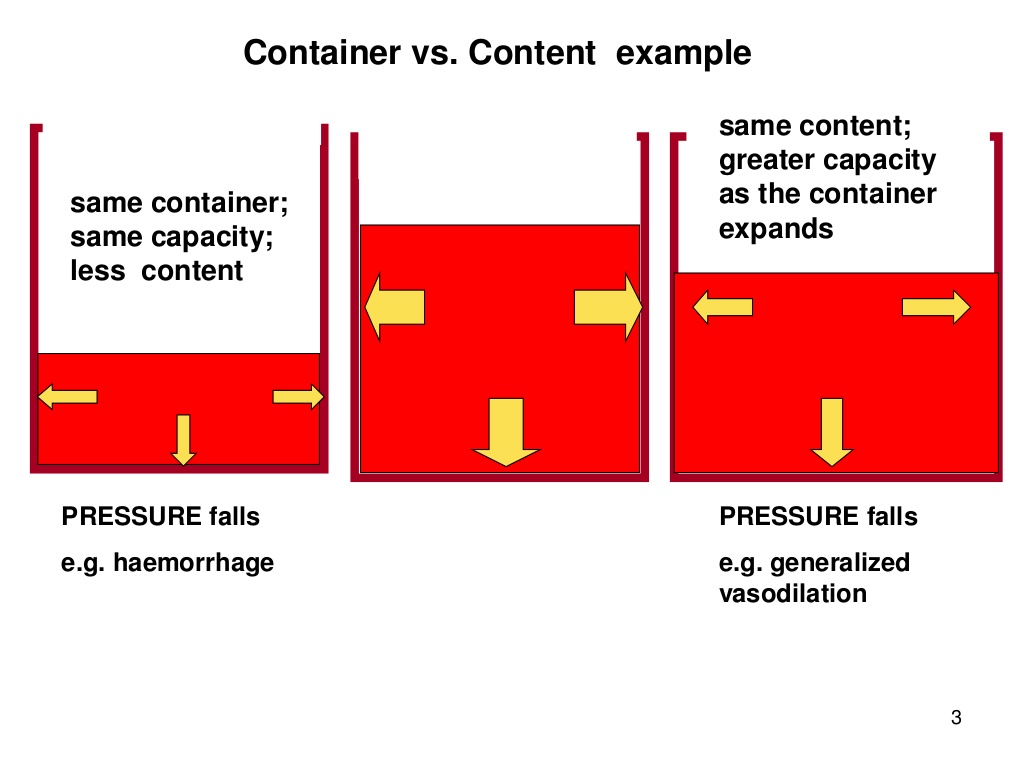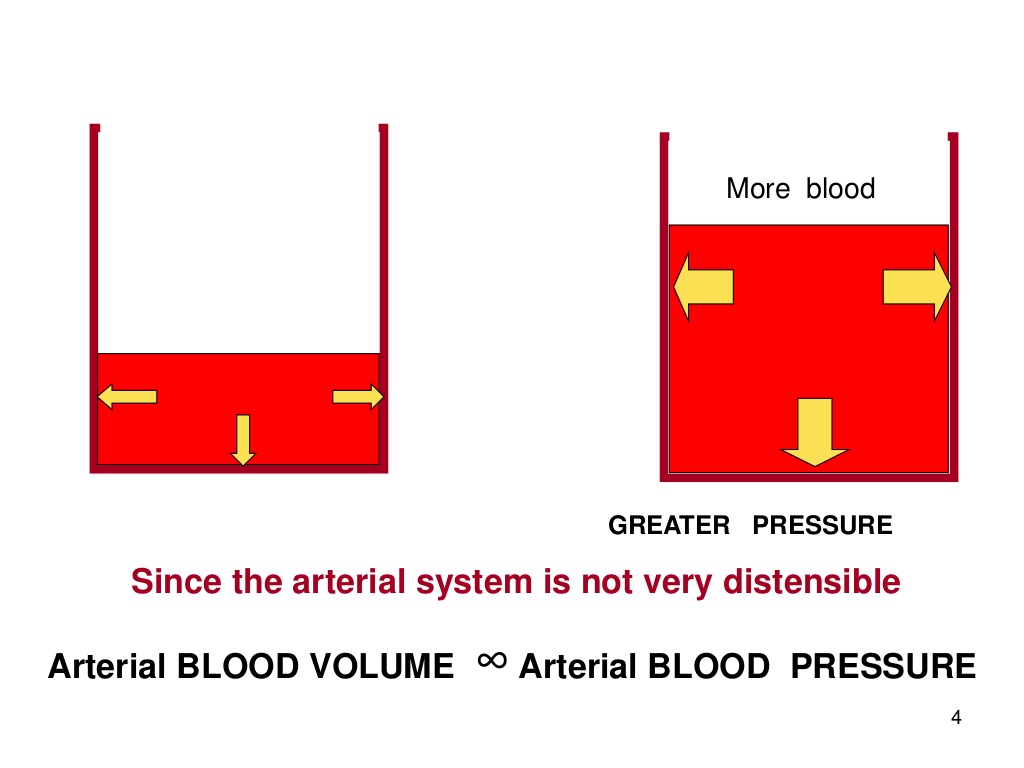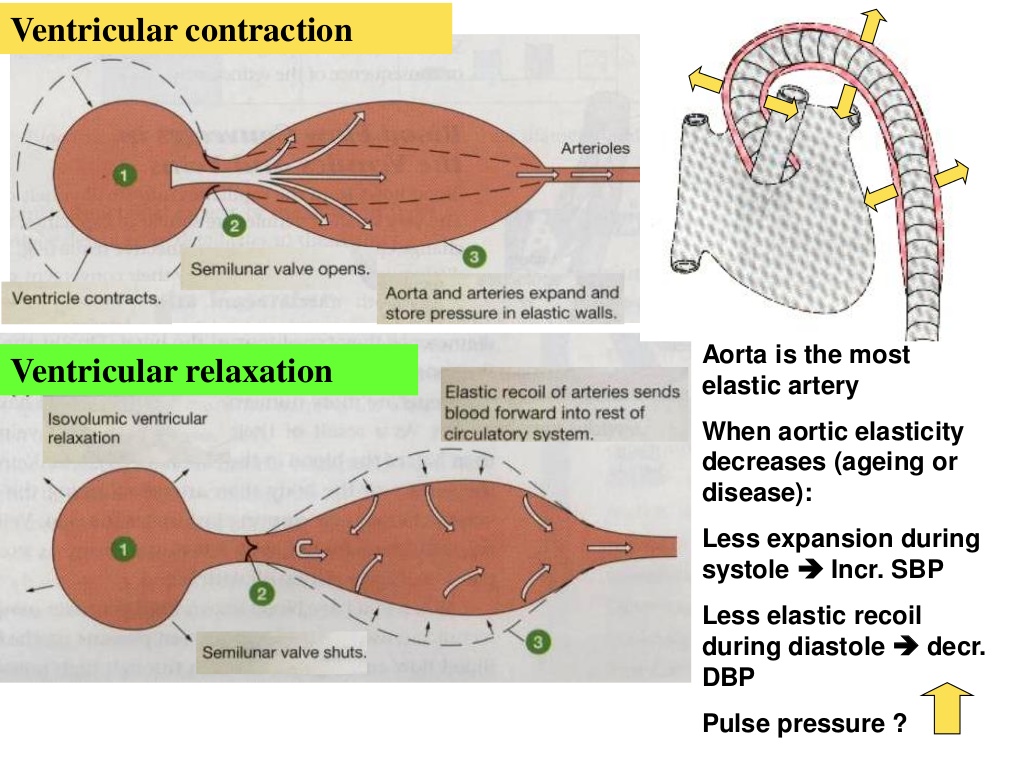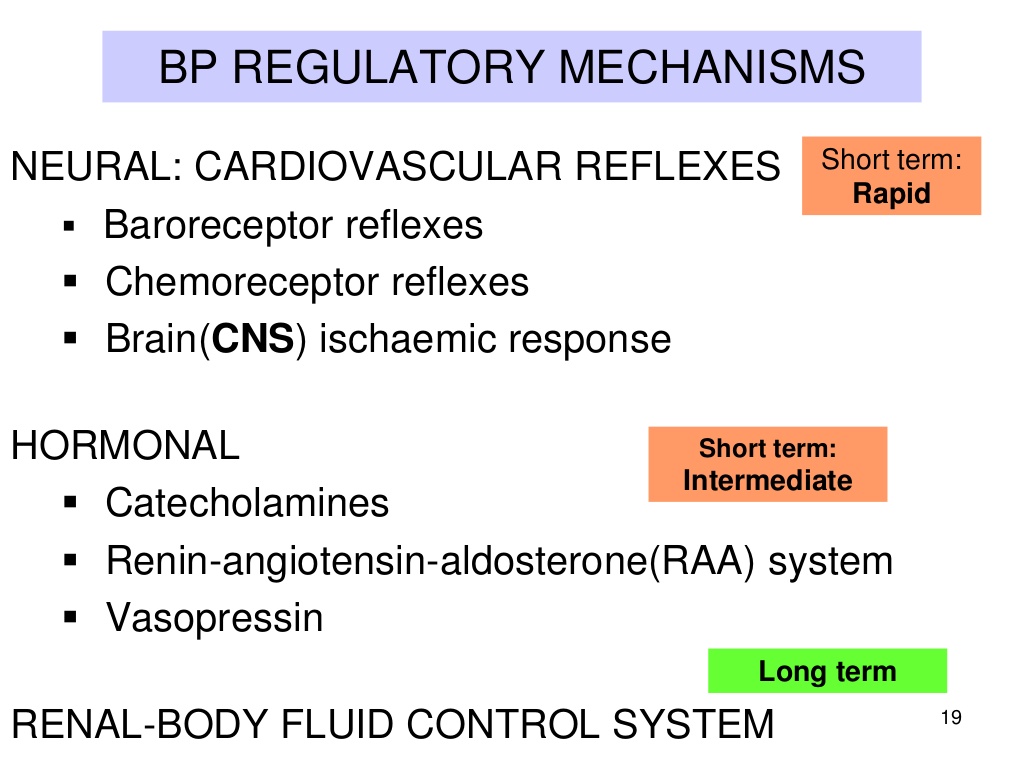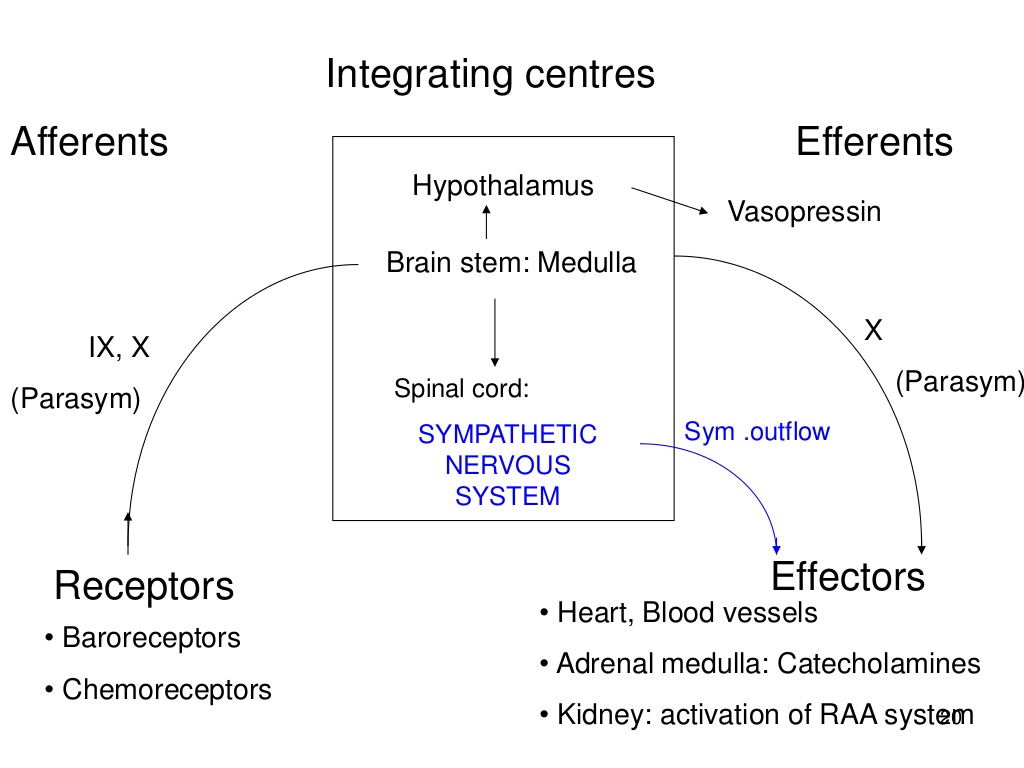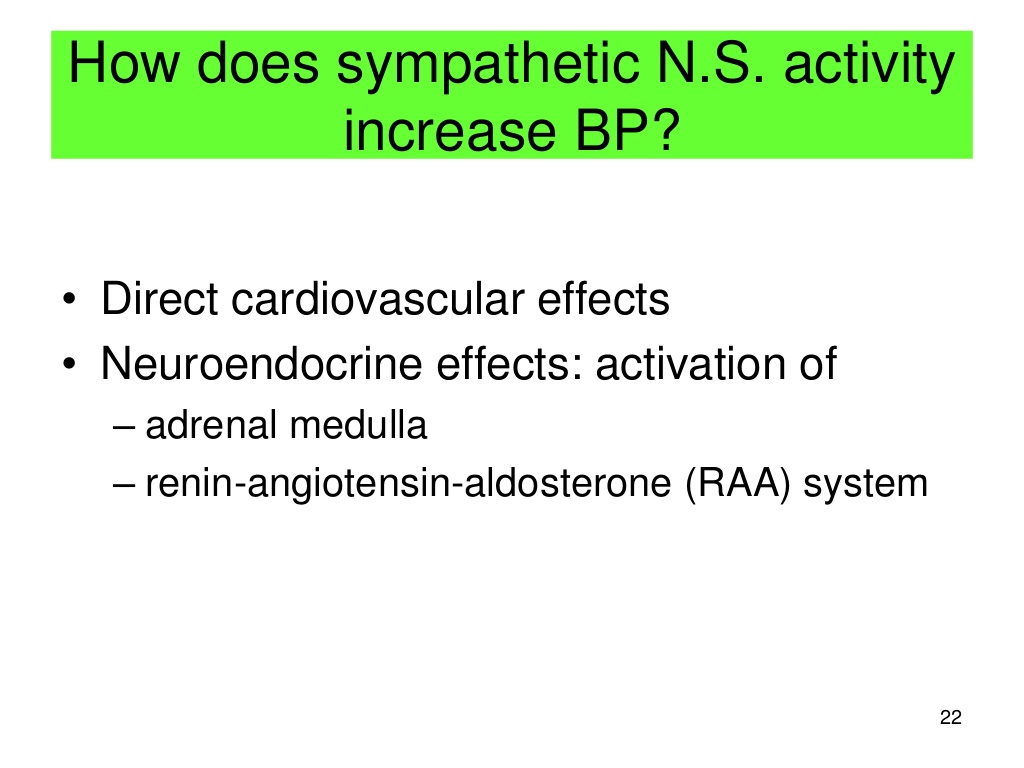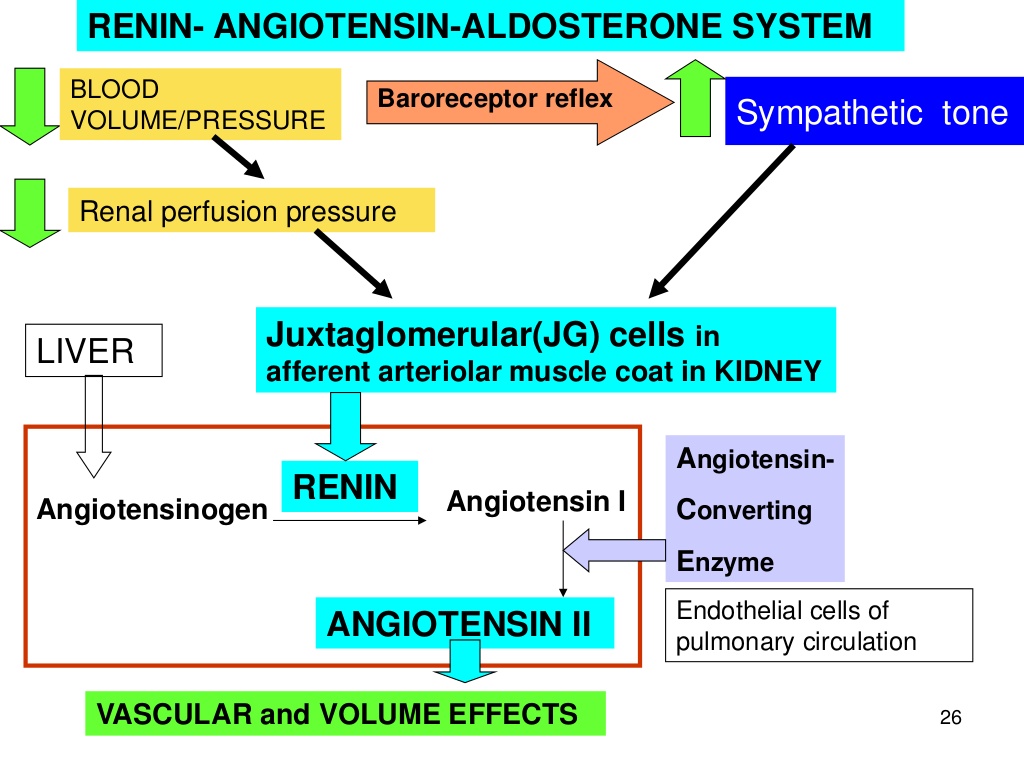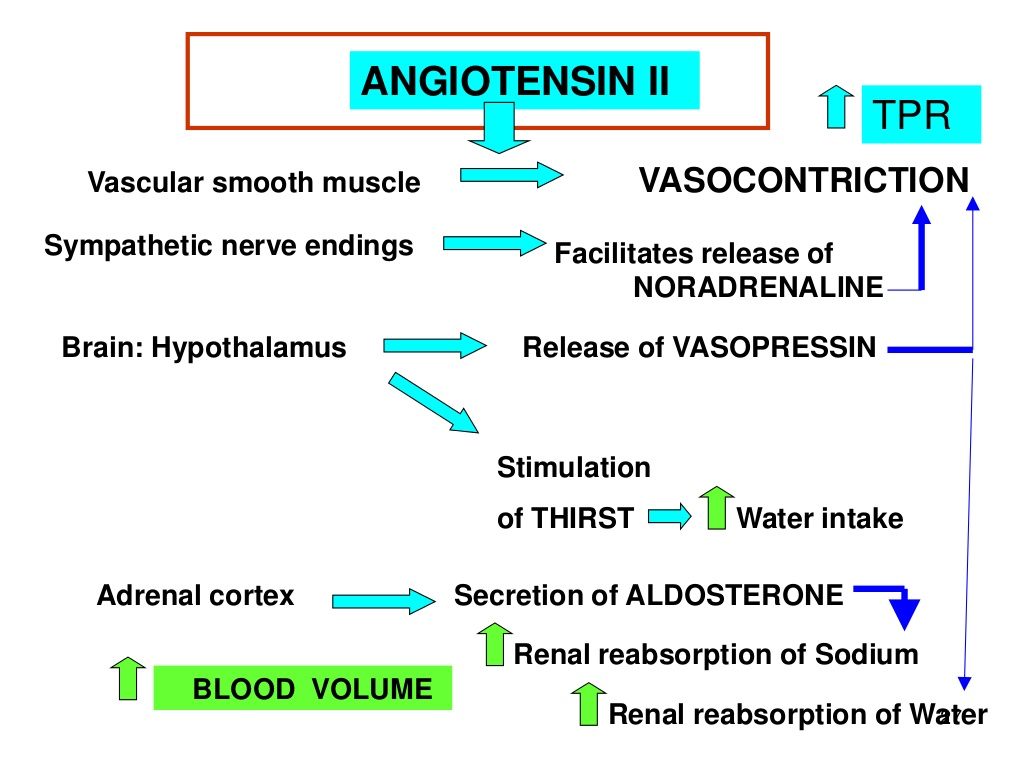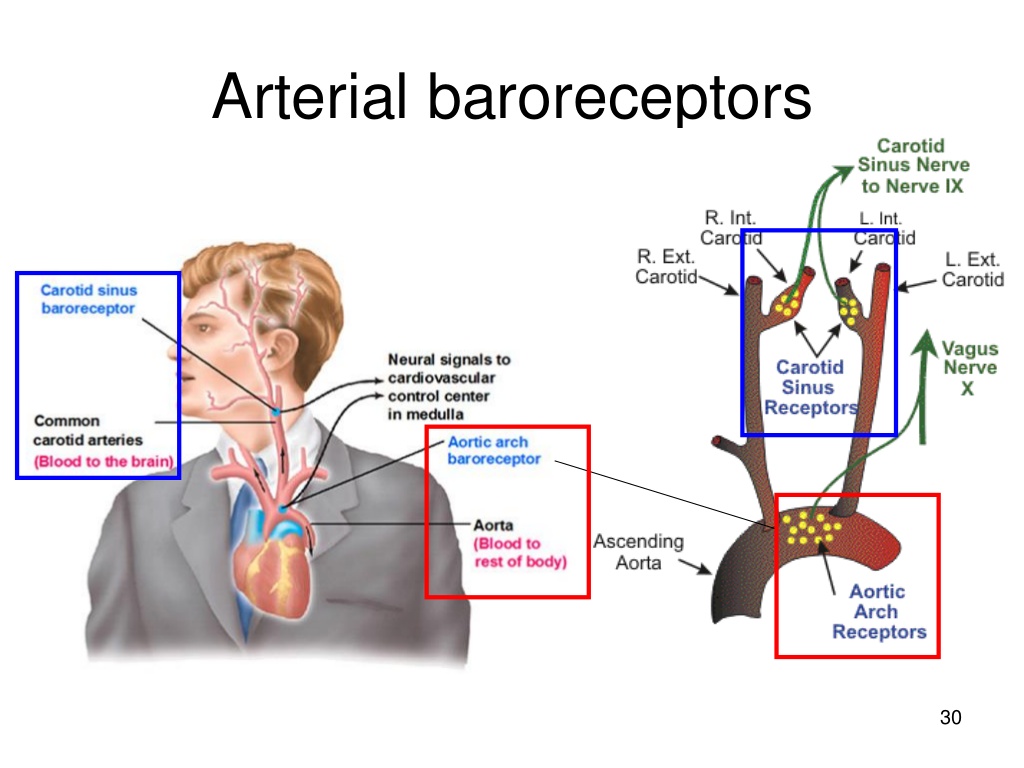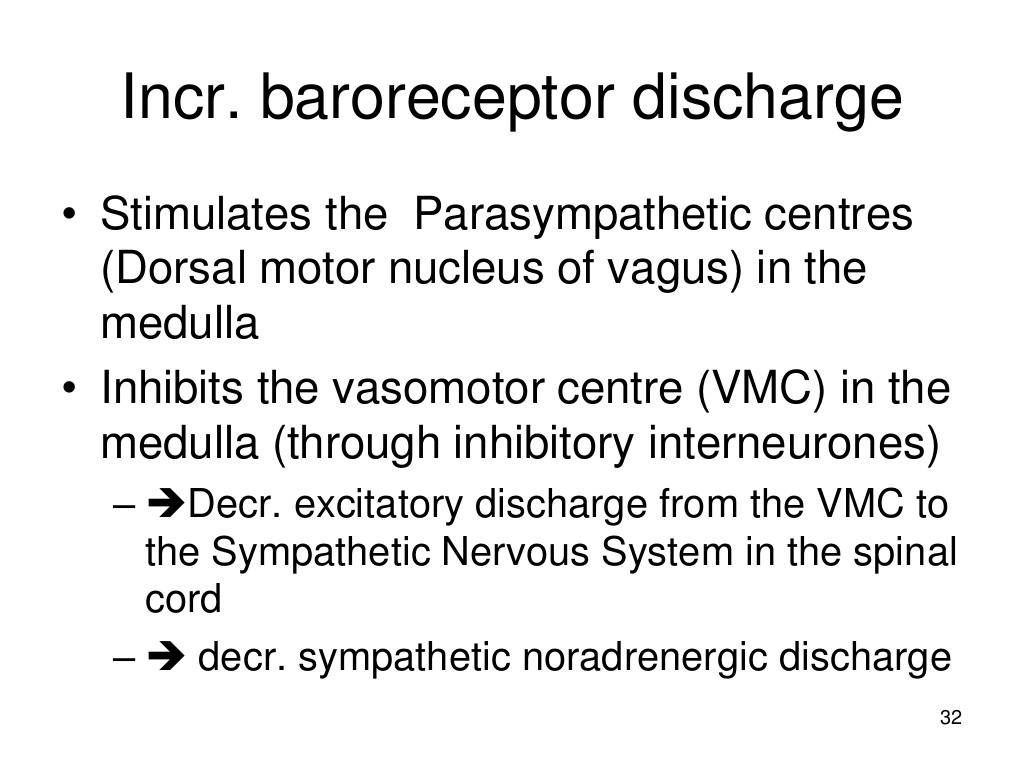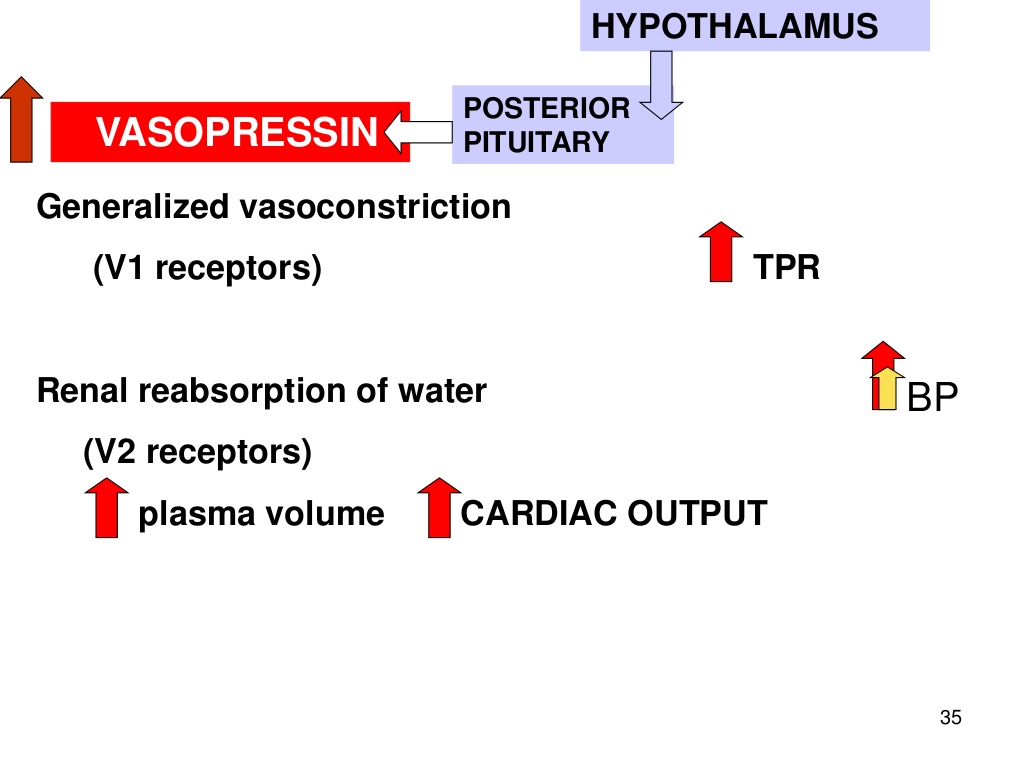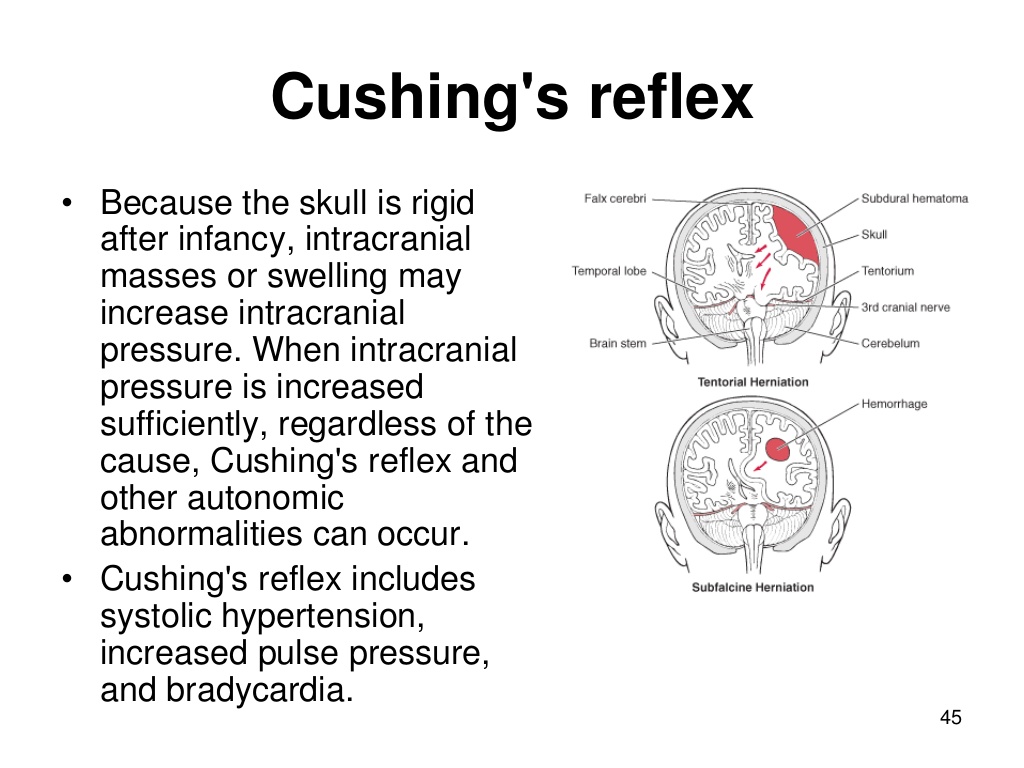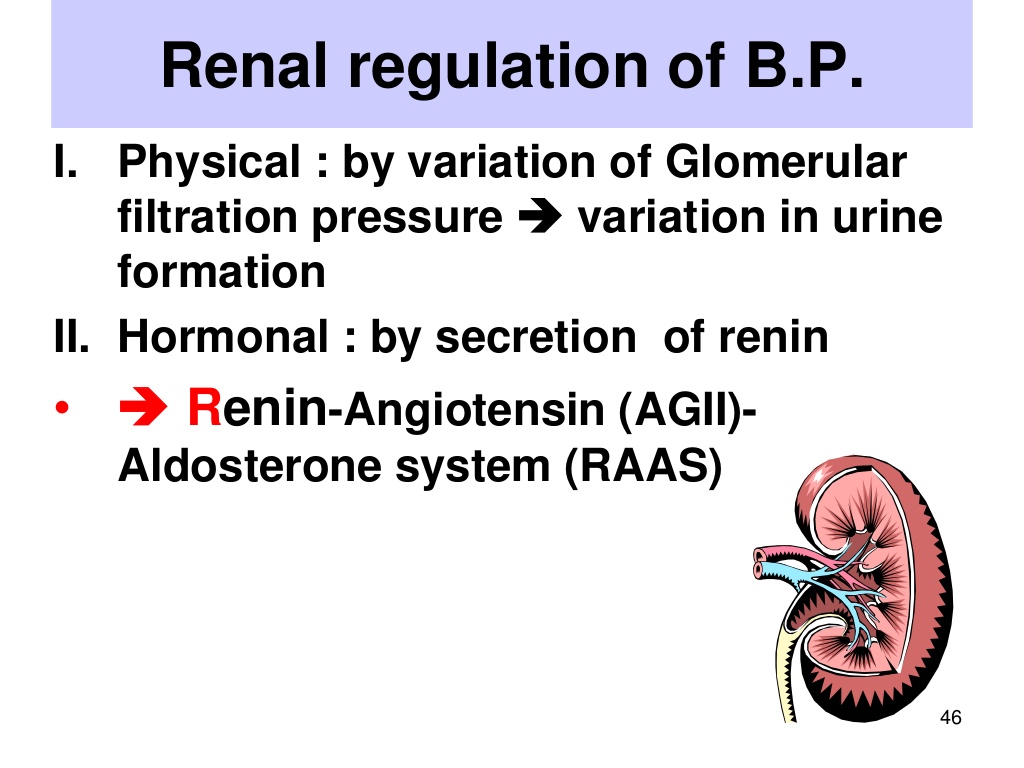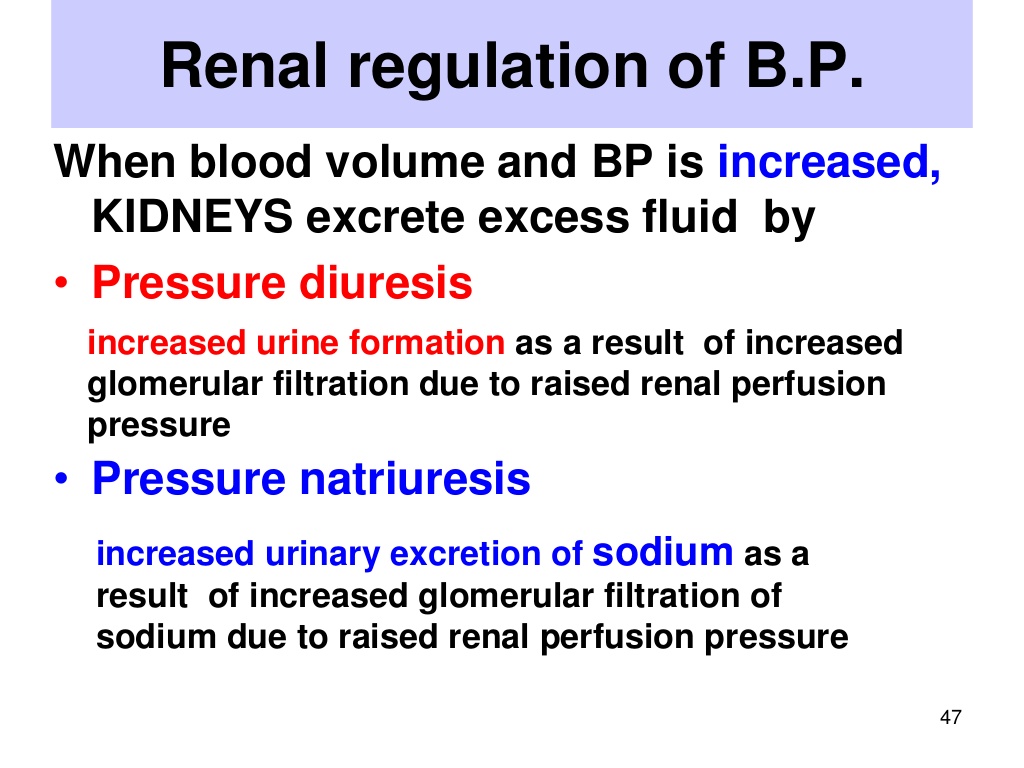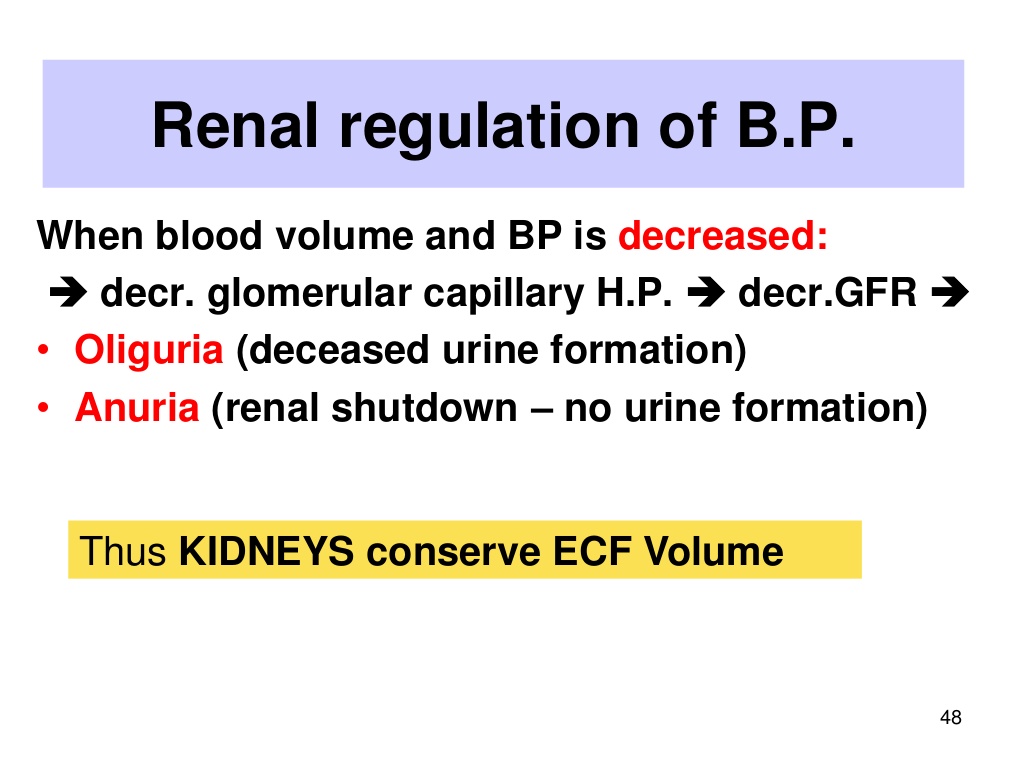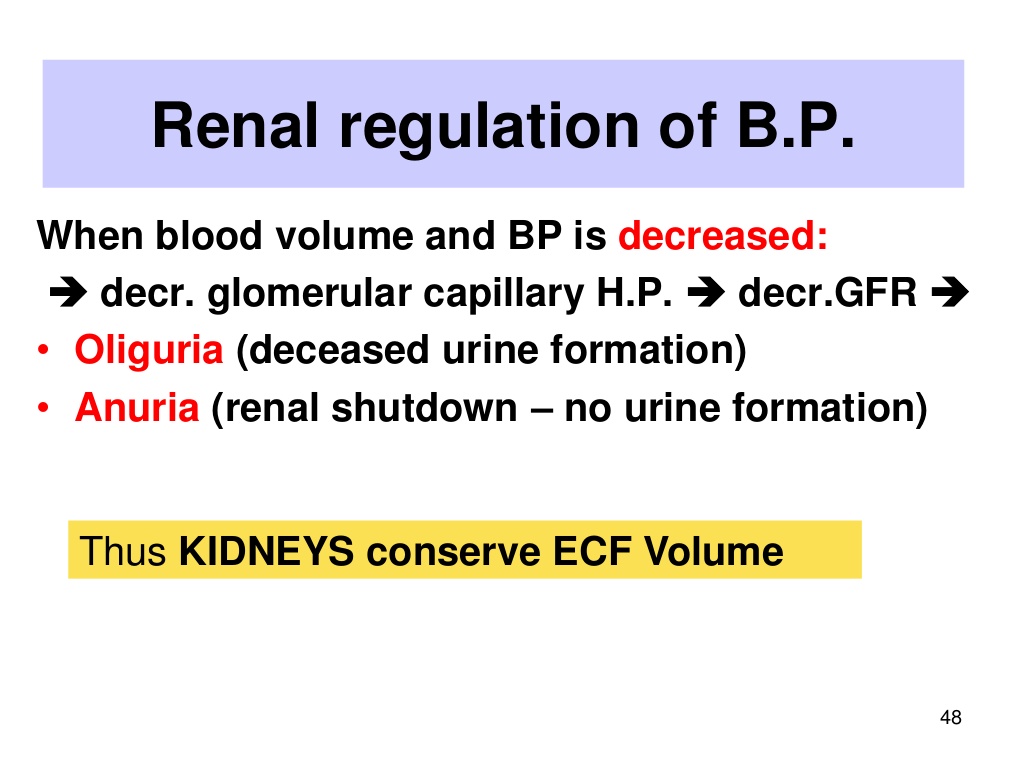Arterial Blood Pressure
Dr.V.Kasiviswanathan
Erode
- Describe the factors that maintain arterial blood pressure
Factors Maintaining Arterial Blood Pressure
Blood pressure is affected by several factors:
- peripheral resistance
- vessel elasticity
- blood volume
- cardiac output
Sources of Peripheral Resistance
Blood cells and plasma encounter resistance when they contact blood vessel walls.
If resistance increases, then more pressure is needed to keep blood moving.
Three main sources of peripheral resistance:
1. blood vessel diameter
2. blood viscosity
3. total vessel length
Vessel Diameter
As a the diameter of a tube gets smaller, a greater proportion of the fluid is in contact with the wall of the tube. Therefore resistance to flow is increased and pressure rises.
Larger diameter, same volume, less pressure.
Smaller diameter, same volume, more pressure.
Viscosity
The greater the viscosity the more difficult to get the fluid moving
A greater pressure is required to pump the same volume of viscous fluid.
Vessel Elasticity
A healthy elastic artery expands, absorbing the shock of systolic pressure. The elastic recoil of the vessel then maintains the continued flow of blood during diastole.
Arteriosclerosis, arteries become calcified and rigid - can't expand when the pulse wave of systolic pressure passes through them. Thus the walls of the artery experience higher pressures
Vessel Length
The longer the total vessel length, the greater the resistance encountered, and the greater the blood pressure.
Increased fatty tissue requires more blood vessels to service it and adds to the total vessel length in the body.
Vasomotor Fibers
Constriction of blood vessels raises blood pressure.
Vessel diameter is actively regulated by vasomotor fibers, sympathetic nerve fibers
Vasomotor fibers release norepinephrine, a powerful vasoconstrictor.
Vasoconstrictors
Blood vessel diameter is also regulated by blood-borne vasoconstrictors.
Epinephrine
Angiotensin II
Vasopressin
Blood Volume
Greater volume of blood, more blood presses against the walls of the arteries resulting in a greater pressure.
When there is less volume there is less pressure.
Reduced blood volume (for example due to excessive sweating) reduces blood pressure for a short term.
Long term homeostatic mechanisms compensate, bringing blood volume and blood pressure back up to normal levels.
Increased blood volume (for example due to water retention from excessive salt intake) increases blood pressure short term. Long term homeostatic mechanisms compensate, bringing blood volume and blood pressure back to normal levels.
Cardiac Output & Heart Rate
Cardiac Output = Heart Rate X Stroke Volume
Anything that decreases cardiac output, also decreases blood pressure
An increase in cardiac output results in increased blood pressure.
Anything that affects heart rate or stroke volume affects cardiac output and thus blood pressure.
Cardiac Output & Stroke Volume
If less blood is ejected from the heart with each beat, then blood pressure will be lower
Blood volume affects end diastolic volume and therefore stroke volume.
• With decreased stroke volume, (due to decreased venous return) there is a decreased cardiac output and a decreased blood pressure.
• With increased stroke volume, due to increased venous return and/or increased contractility, there is an increased cardiac output and increased blood pressure.
Mechanisms Regulating Arterial Blood Pressure
Baroreceptor Mechanism
Chemoreceptor Mechanism
Renal Mechanism
Renin-Angiotensin Mechanism
Hormonal Mechanism
Local Mechanism


